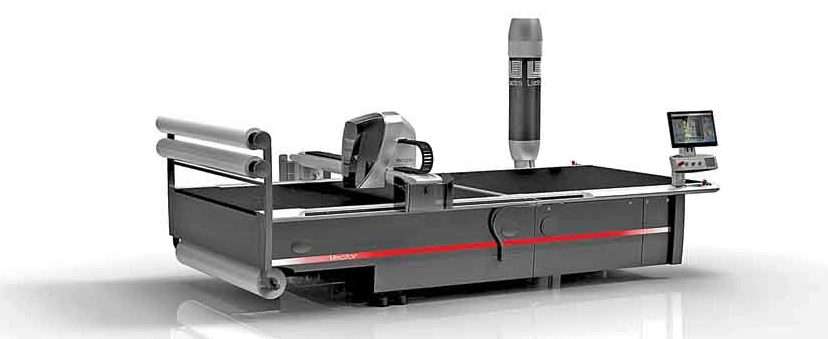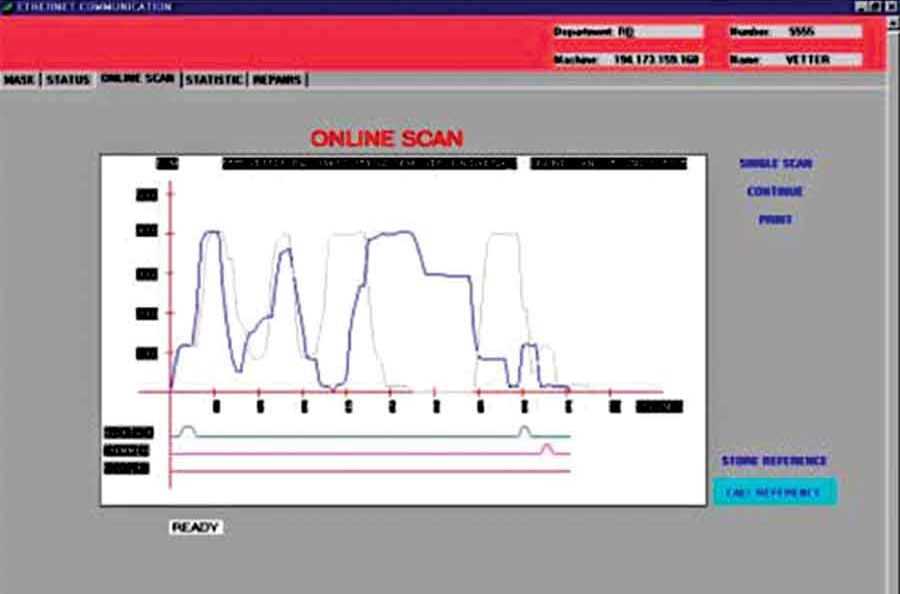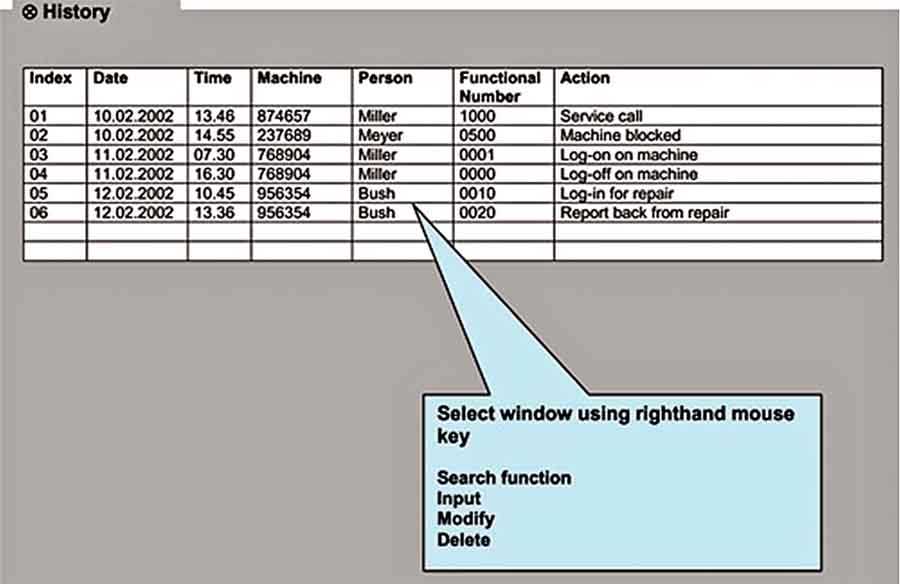
In textile and apparel industry, the 3 M’s – Man-Machine-Material – interaction is critical for achieving the desired success. Historically, the man-machine interactions were one way, meaning men gave the command and the machine performed a certain task. With the advent of the internet as a means to connect several machines to remote locations via sensors, has revolutionized the way men (both operators and management) interact with machines. In this article Dr. Hari Kenkare from Lectra and Dr. Prabir Jana, Professor, NIFT Delhi explain how Machine to Machine communication, which is known as the integral part of Internet of Things (IoT) will bring next revolution in manufacturing process.
While material and men played very important role in manufacturing till date (as the material contributes significantly to the cost of the product and labour intensive manufacturing significantly controls the process), machine always played the second fiddle. In a role reversal, the coming decade may see an increasing role being played by machines in apparel manufacturing. Now it would be linking technologies by networking devices through wires or wirelessly to exchange information and perform actions without human intervention. This brings several benefits to industry and business in general as it has a wide range of applications in many fields which may be conceptual like industrial automation or in definite areas of operation such as logistics for monitoring and controlling purposes.
M2M comprises a specially designed tools or device (such as a sensor or meter) to capture an event (such as temperature, inventory level, speed, movement etc.) that is relayed through internet network (wireless, wired or hybrid) to an application (software program) that translates the captured event into meaningful information (for example, items need to be restocked or the machine temperature exceeding limit).

In traditional environment, machine data is captured by human being as a batch process and communicated in human readable language; there is latency and often distortion (misinterpretation during conversion of machine-readable language to human-readable language and vice versa) in such communication. M2M communication happens between two machines directly and continuously without any human intervention, thus zeros latency and distortion. In traditional environment while the machines are running, its valuable parameters (like wear and tear, temperature, number of cycle completion, etc.) are not measured in real time and thus the companies generally resort to breakdown maintenance. While preventive maintenance relies on past data extrapolation, the M2M can go one step further and process current data and can offer predictive maintenance.
New Generation CAM
The M2M process has started recently in a new generation of computer numerical controlled (CNC) fabric cutting machines (CAM), which incorporate M2M technology through embedded electronics sensors, which in turn allow the cutting system to monitor and detect machine behaviour in real time. A typical CNC cutting machine can have around 150 sensors, which gauge dynamically the machine parameter and any odd operational behaviour, and send it to the customer centre. The data is transformed into simple colour coded charts making it easier for support teams to act on critical issues that need immediate attention. The experts from support team can also detect when equipment is not optimally configured for maximum output and cutting quality. They are able to provide customers with the system configuration that best responds to criteria including type of fabric, spread thickness, and type of cutting blade.
Networked Sewing Machine

Another example of M2M communication that is gaining ground is in real time data collection from sewing machine. Sewing machine can now be connected to computer network placed anywhere globally through interfaces from motor or other moving parts. The process involves sewing machines, each given a unique identification number and after switching on the machine, the operator has to log in on the terminal, else the sewing drive will be blocked.
Numerous sewing process data like actual operative speed, number of seam bursts, realignment time during the sewing process, pivoting of work during the sewing process, backtacking active time and thread trimmer active time can be automatically captured to central server. Even the machine breakdown information can be flashed on screen and/or, communicated automatically to the mobile phone of the machine engineer. Uniform and automated machine programming can be done by the host computer centrally.
EDITOR’S VIEW
There was a time when cost of ownership of a high-tech machinery was high and prohibitive due to expensive spare parts and lack of local knowledge for repair and maintenance (expert mechanic from foreign country was required to be flown to attend to those machines). Over the last decade we have seen the change on software procurement model from ownership to subscription, softwares are now offered as service, remote desktop control over internet has replaced on-site visit for problem solving. Towing with the same concept, M2M may do the same for the hardware in the coming decade. High-tech machine can be remotely repaired by commands through internet.
M2M possibilities are limitless: central design office can make alterations in CAD pattern and changes are reflected to all vendors’ CAD files automatically; cutting rooms of geographically dispersed manufacturing facilities can be monitored and maintained by a centralized maintenance team located anywhere; production manager can set SPI of a sewing floor in Dhaka sitting here in India (may be 500 machines together!) through data transfer from central server from any part of the world, merchandiser’s work pattern in ERP software can be remotely monitored and improvements can be suggested, and/or misuse can be reported and many more such information which was acquired manually, would be available in real time.

Post a Comment